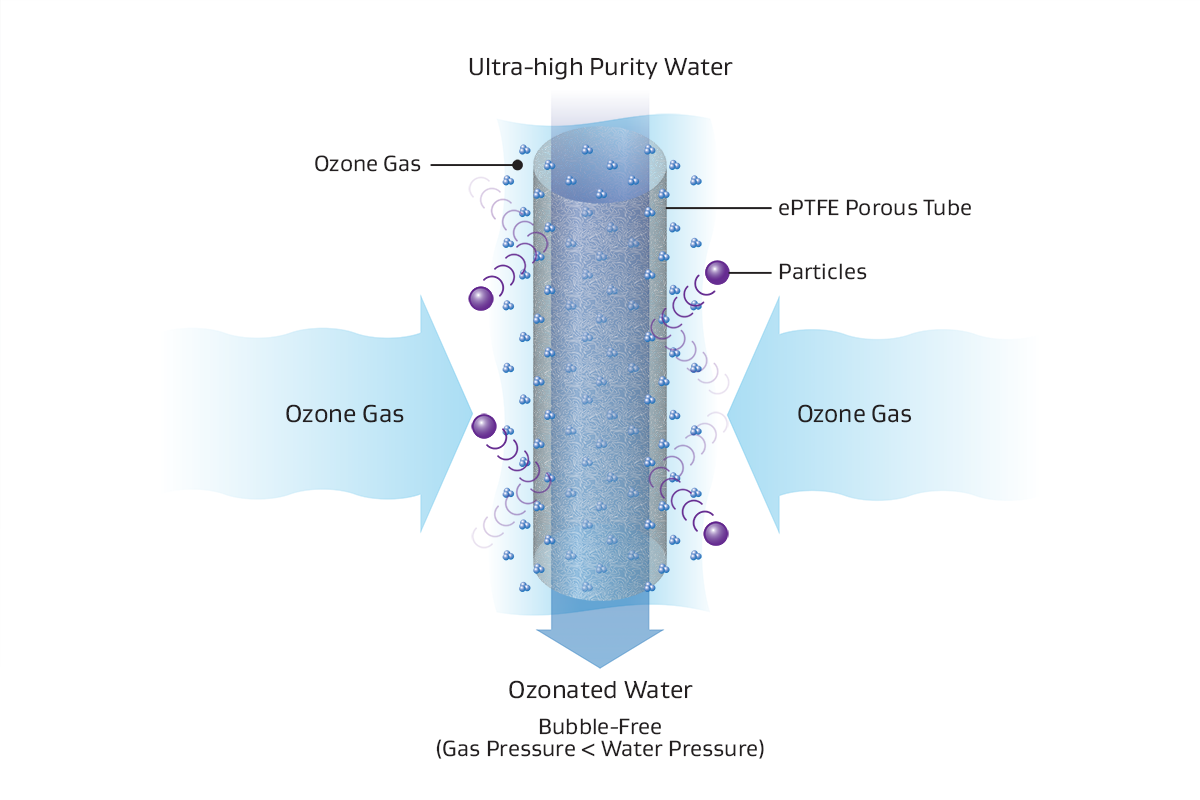Ozonated Water: Benefits, Safety, And Uses
What if the very water we drink could be imbued with the power of a natural purifier, a potent disinfectant capable of eliminating harmful contaminants without leaving a trace? Ozonation, a process harnessing the power of ozone (O3), is revolutionizing water treatment, offering a safe and effective way to ensure the purity and quality of our drinking water.
From bustling bottling plants to the tranquility of natural springs, ozone's transformative touch is making waves. Ozone, an unstable gas composed of three oxygen atoms, possesses remarkable oxidizing properties. This inherent instability, while seemingly a drawback, is precisely what makes ozone such an effective disinfectant. As ozone degrades back into its stable diatomic form (O2), it releases a free oxygen radical (O), a highly reactive species that neutralizes bacteria, viruses, and other microorganisms on contact. This powerful oxidation process eliminates even stubborn contaminants, leaving behind nothing but pure oxygen and ensuring the water's pristine quality.
| Property | Description |
|---|---|
| Chemical Formula | O3 |
| State at Room Temperature | Gas |
| Color | Pale blue |
| Odor | Sharp, pungent |
| Reactivity | Highly reactive, strong oxidizing agent |
| Decomposition Product | Oxygen (O2) |
Learn more about ozone from the EPA.
The use of ozone in water treatment dates back to the late 19th century, finding early adoption in Europe and Asia. Today, its popularity continues to grow worldwide, fueled by its efficacy and environmentally friendly nature. Unlike chemical disinfectants, ozone leaves no residual taste, odor, or harmful byproducts. It simply reverts to oxygen, leaving behind purified water that retains its natural freshness.
Deer Park Spring Water, a name synonymous with purity, exemplifies the benefits of ozonation. Their rigorous quality assurance process incorporates filtration, UV treatment, and ozonation, ensuring their water meets stringent safety standards. This multi-layered approach eliminates harmful contaminants, including bacteria, viruses, and even trace amounts of organic compounds. The result is refreshing, pure spring water thats safe and enjoyable to drink.
However, the ozonation process is not without its challenges. The presence of bromide ions in certain water sources, particularly spring water and well water, presents a potential concern. Ozone can react with bromide ions to form bromate, a suspected carcinogen. This issue necessitates careful monitoring and control of bromide levels during ozonation to mitigate the risk of bromate formation. Advanced ozonation systems, coupled with effective pre-treatment strategies, are crucial to ensuring the safety of ozonated water.
The benefits of ozonated water extend beyond simply eliminating harmful contaminants. Its oxidizing properties can also improve the water's taste and clarity by removing dissolved metals and organic matter. Furthermore, ozonation is a versatile process, capable of disinfecting not only the water itself but also the bottling equipment, bottles, and caps. This comprehensive approach ensures the purity of the water from source to consumer.
In 1982, the FDA recognized the safety and effectiveness of ozone in water disinfection applications, further solidifying its position as a leading water treatment technology. Companies like Sensorex, a global leader in water quality sensors, are developing innovative technologies to monitor and control the ozonation process, ensuring optimal performance and safety. These sensors meticulously track pH, ORP (oxidation-reduction potential), conductivity, and other crucial parameters, providing real-time data that allows for precise control of ozone levels and contact time.
From the glacial sediments of Eska's unique filtration system to the sophisticated ozonation processes employed by bottled water companies, the quest for pure, safe drinking water continues. Ozonation stands at the forefront of this pursuit, offering a sustainable, effective, and environmentally friendly solution. By harnessing the power of ozone, we can ensure access to clean, healthy water, safeguarding our well-being and protecting the precious resource that sustains us all.
Ozonation, though highly effective, is not a one-size-fits-all solution. Factors such as the water source, the presence of specific contaminants, and the desired level of purification must be considered when designing an ozone water treatment system. Effective systems prioritize optimal ozone contact time and efficient transfer of ozone gas into the water, often utilizing specialized equipment like ejectors to maximize the interaction between ozone and contaminants.
As our understanding of ozone's capabilities grows, so too does its potential to revolutionize water treatment. From municipal water supplies to individual homes, ozonation offers a powerful and versatile solution for ensuring access to clean, safe, and healthy water. It represents a testament to the ingenuity of science, harnessing the power of nature to provide a vital resource for a healthier future.

![[ Ozonation ] Learn How Ozonation Process Works YouTube](https://i.ytimg.com/vi/dB6Dxsxb8Og/maxresdefault.jpg)
